Scraping along...
scarlett2001
12 years ago
Related Stories

HOUZZ TOURSHouzz Tour: Saving a Historic Gem in Washington
A Seattle-area developer skips the usual scrape-and-subdivide, restoring a Usonian-style house designed by a Wright protégé
Full Story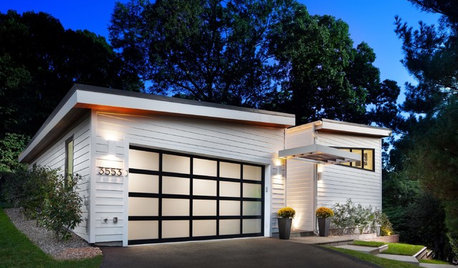
GARAGESKey Measurements for the Perfect Garage
Get the dimensions that will let you fit one or more cars in your garage, plus storage and other needs
Full Story
SMALL KITCHENSThe 100-Square-Foot Kitchen: One Woman’s $4,500 DIY Crusade
Teaching herself how to remodel, Allison Macdonald adds function, smarter storage and snazzier materials
Full Story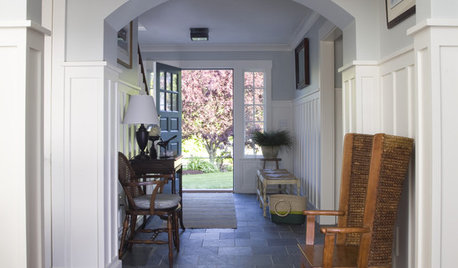
FURNITUREOrigins Revealed: The Orkney Chair Goes From Humble to Haute
Straw and driftwood made up the original versions, but Orkney chairs have come a long way from their modest island beginnings
Full Story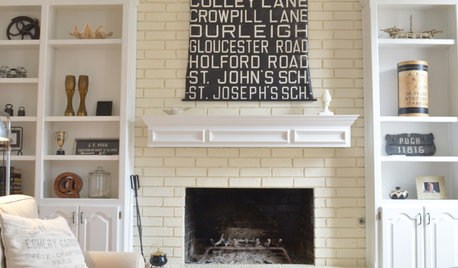
HOUZZ TOURSMy Houzz: Neutral and Natural Elegance in Texas
Creamy hues, plush furnishings and vintage touches create a serene setting for a stylist and her family
Full Story
HOUZZ TVHouzz TV: Goodbye, Skyrocketing Rents; Hello, Waterfront Living
Tired of the congestion and high costs of San Francisco, this young techie bought a boat on the bay. See how she makes it her home
Full Story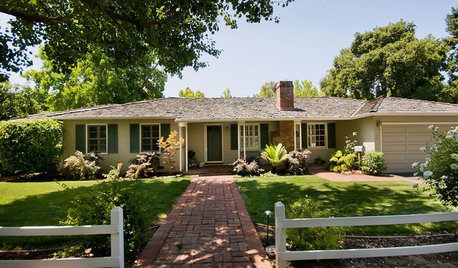
ARCHITECTURE10 Advantages of the Humble Ranch House
Boomer-friendly and not so big, the common ranch adapts to modern tastes for open plans, outdoor living and midcentury mojo
Full Story
MOST POPULARHeads-Up Hues: 10 Bold Ceiling Colors
Visually raise or lower a ceiling, or just add an eyeful of interest, with paint from splashy to soothing
Full Story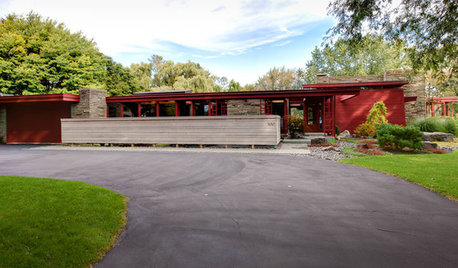
HOUZZ TOURSHouzz Tour: Major Renovations Aid a Usonian Home
Its classic lines got to stay, but this 1950s home's outdated spaces, lack of privacy and structural problems got the boot
Full StoryMore Discussions











Christopher Nelson Wallcovering and Painting
tinker_2006
Related Professionals
Flint Kitchen & Bathroom Designers · Grafton Kitchen & Bathroom Designers · Lafayette Kitchen & Bathroom Designers · Manchester Kitchen & Bathroom Designers · West Virginia Kitchen & Bathroom Designers · Broadlands Kitchen & Bathroom Remodelers · Lincoln Kitchen & Bathroom Remodelers · Shaker Heights Kitchen & Bathroom Remodelers · Westminster Kitchen & Bathroom Remodelers · Mountain Top Kitchen & Bathroom Remodelers · Asbury Park Architects & Building Designers · Dania Beach Architects & Building Designers · Morganton Architects & Building Designers · South Pasadena Architects & Building Designers · Syracuse Architects & Building Designersliriodendron
columbusguy1
scarlett2001Original Author
columbusguy1
Christopher Nelson Wallcovering and Painting
scarlett2001Original Author
Christopher Nelson Wallcovering and Painting
karinl
lizzie_nh